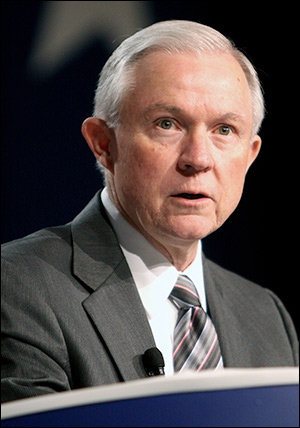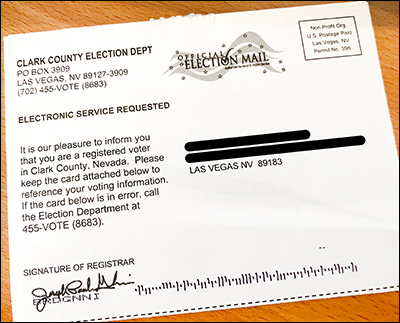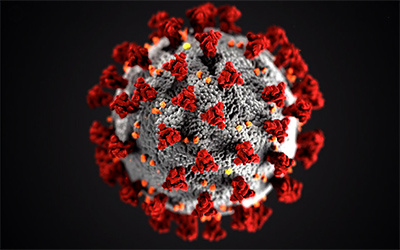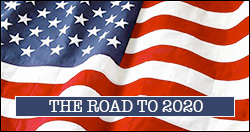By Jim Ellis
July 30, 2020 — Two Senate polls were released earlier this week, and though the ballot tests in Maine and South Carolina didn’t show us anything particularly new, the pollsters asked their respective sampling universes some interesting ancillary questions.Colby College, a Waterville, Maine institution housing approximately 1,800 students, released its second political poll of 2020 in conjunction with the McVey Data Science Initiative. The questions touched upon the presidential and Senate ballot tests but delved deeper into the attitudes and perspectives of their 888-person sample over the July 18-24 period.
The presidential ballot test found former vice president Joe Biden leading President Trump statewide, 50-38 percent. The Senate ballot test was closer in that former state House speaker Sara Gideon (D) leads Sen. Susan Collins (R), 44-39 percent.
In looking deeper, it is probable that the actual race standings are likely a bit closer. There appears to be a Democratic skew in that all favorability indexes for Democratic public officials were positive and those of the tested Republican officials were decidedly negative. Additionally, 52 percent of the sampling universe comes from the state’s southern congressional district, the 1st, which is decidedly more liberal than the northern 2nd District. Together, these factors provide us the indication that the results are a few points more favorable for Democrats than what we might see in actual voting.







